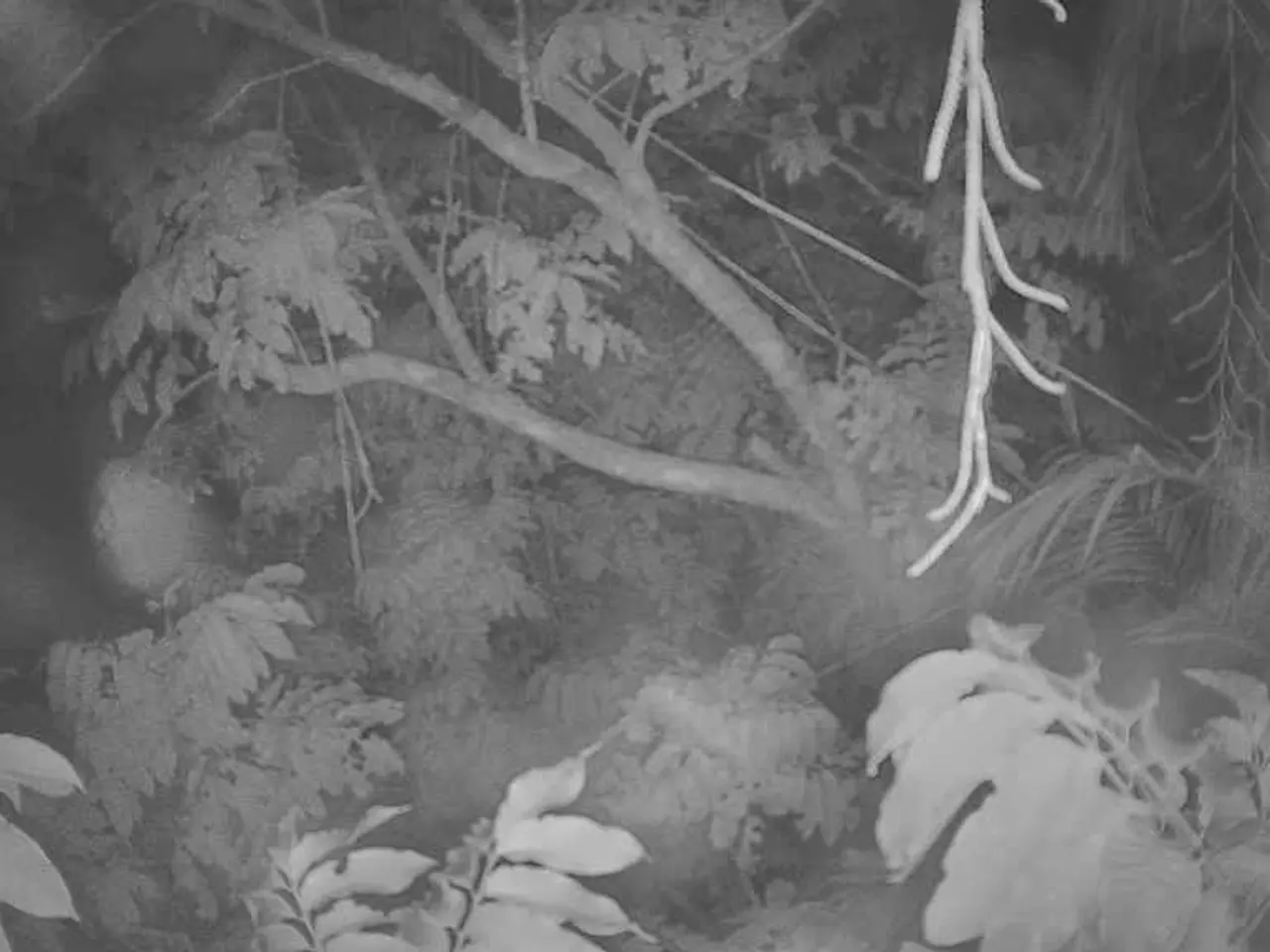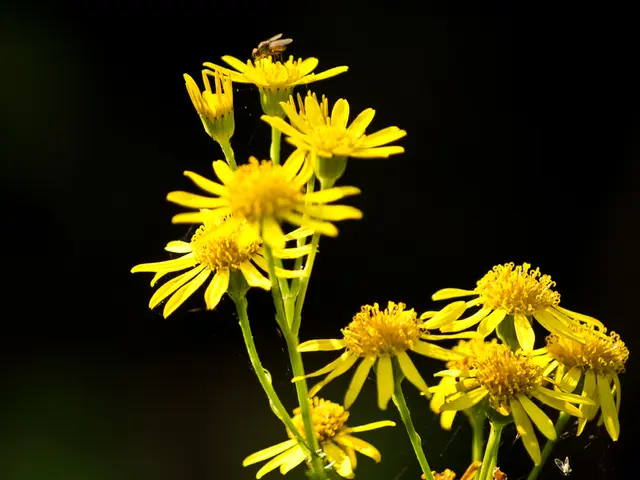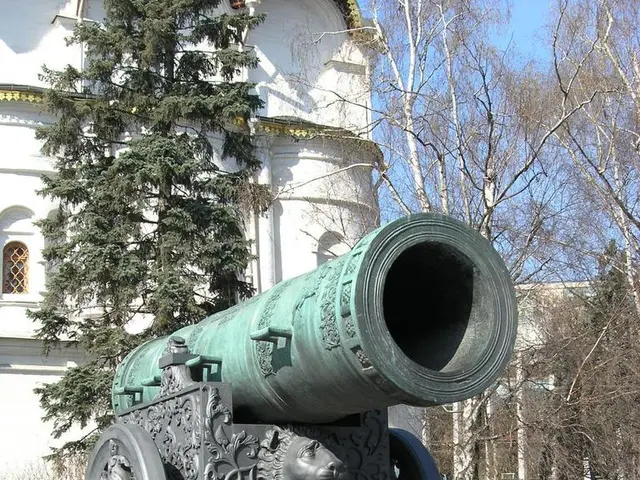Oldest Bonsai Trees Globally Unveiled
In the world of bonsai, ancient trees stand as a testament to the timeless craftsmanship and dedication of their caretakers. These miniature masterpieces, meticulously sculpted and nurtured over centuries, are found in various locations across the globe, each with its unique history and significance.
One such tree, the **Yamaki Pine**, is housed at the United States National Arboretum's National Bonsai and Penjing Museum. This Japanese white pine, nearly 400 years old, is a survivor of the atomic bombing of Hiroshima, Japan in 1945. Today, it continues to thrive, cared for daily by dedicated staff, representing centuries of nurturing that far surpasses the typical lifespan of its wild counterparts, which usually live 150 to 200 years.
The Crespi Ficus, located in the Crespi Bonsai Museum in Milan, Italy, is the oldest bonsai tree in the world, estimated to be over 1,000 years old. It is also planted in the world's largest bonsai pot, a fitting home for such an ancient and grand tree.
Bonsai trees, beyond their literal meaning of "grown in a container," symbolize a connection to the universe and are practiced as a way of bringing people closer to themselves. The guide to bonsai meaning offers insights into the deeper symbolism behind the practice.
The Sandai Shogun no Matsu, a 500-year-old bonsai, was tended to by a line of emperors and is now a Japanese national treasure displayed in the Tokyo Imperial Palace collection. Another notable specimen, a Juniper bonsai, was collected in the Japanese forest nearly 1,000 years ago and is housed in the Omiya Bonsai Village in Omiya, Japan, a location known as "the Sacred Land of Bonsai."
The Omiya Bonsai Village is a significant location housing numerous bonsai trees, including the second oldest on our list. The village is renowned for its dedication to the art of bonsai and its role in preserving these ancient trees for future generations.
The value of bonsai trees increases as they age and outlive their caretakers. Some of the oldest or rarest specimens can be virtually priceless. For instance, the 800-year-old bonsai pine is the most expensive bonsai ever sold, fetching a price of 1.3 million dollars.
Bonsai trees can take five to seven years to mature after planting. Long-living species such as cedar, cypress, pine, ficus, maple, azalea, and cherry are often chosen for this art form due to their ability to withstand long-term cultivation.
These ancient bonsai trees serve as a reminder of the enduring bond between humans and nature, a testament to the patience, skill, and dedication required to nurture these miniature living sculptures. They stand as a symbol of the connection between the past, present, and future, and the timeless beauty that can be found in the smallest of things.
In the realm of lifestyle and hobbies, conversations about ancient bonsai trees often intersect with subjects like fashion-and-beauty and home-and-garden. For instance, the Crespi Ficus, the oldest bonsai tree in the world, is housed in a luxurious, world's largest bonsai pot, showcasing the fusion of art and home decor. On the other hand, food-and-drink enthusiasts might find intrigue in the value of bonsai trees, as the 800-year-old bonsai pine holds the title of being the most expensive bonsai ever sold, narrating a fascinating travel anecdote about the world of precious artifacts.




